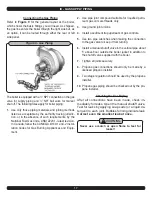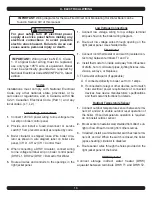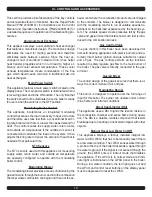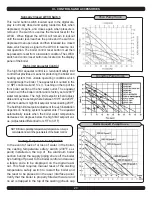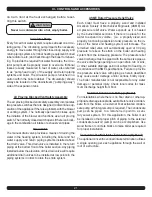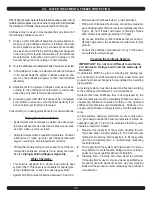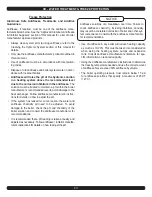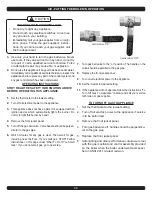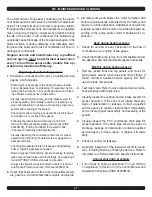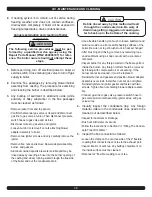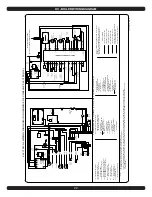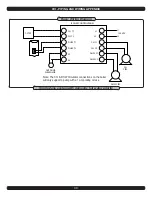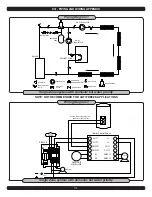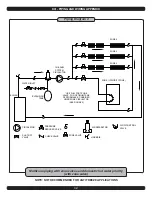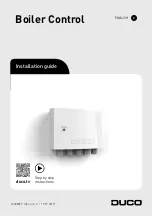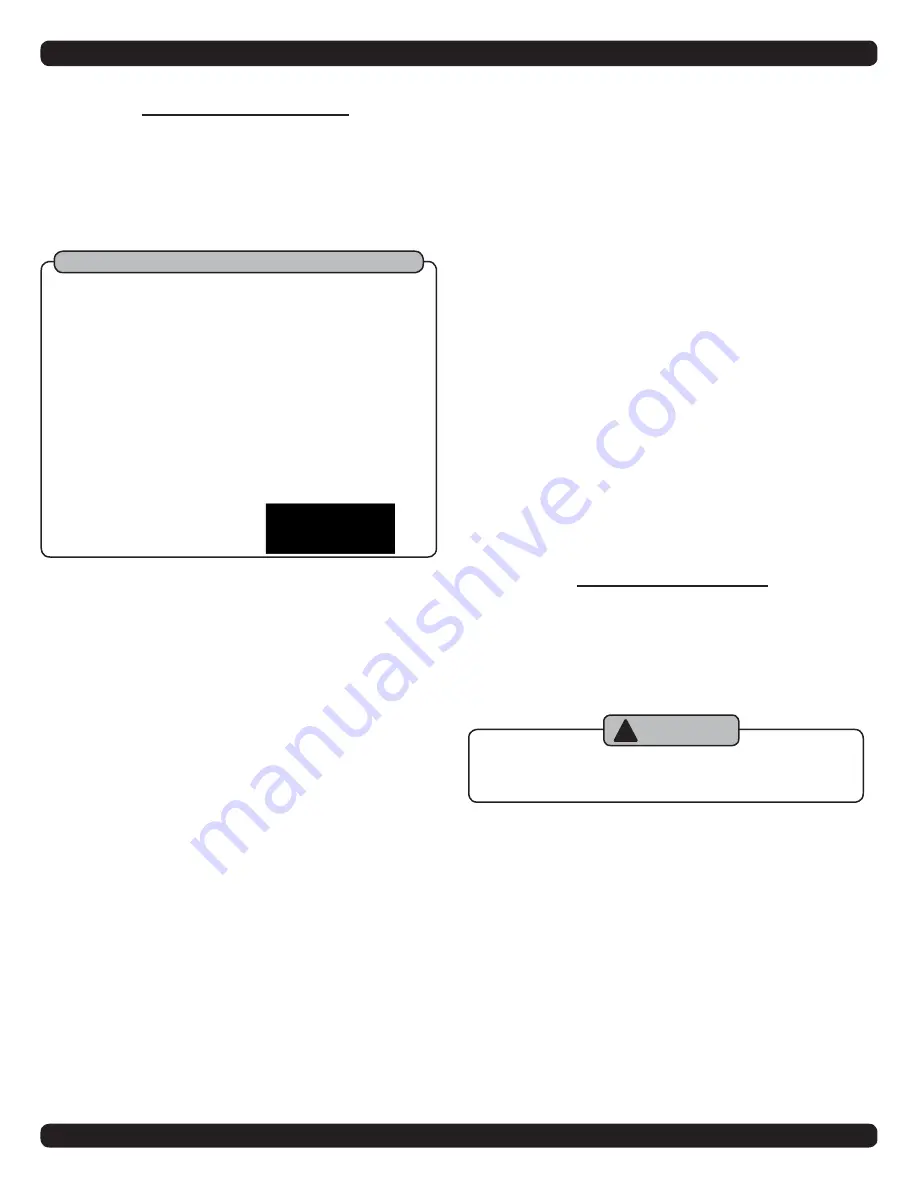
17
Connecting the Gas Piping
Refer to
figure 9
for the general layout at the boiler,
which shows the basic fittings you will need. As shipped,
the gas line enters the boiler through the right side but, as
an option, it can be routed through either the rear or left
side panel.
Figure 9 - Gas Piping
The boiler is equipped with a ½” NPT connection on the gas
valve for supply piping and ½” NPT ball valve for manual
shut off. The following rules apply for boiler piping:
Use only those piping materials and joining methods
1.
listed as acceptable by the authority having jurisdic-
tion, or in the absence of such requirements, by the
National Fuel Gas Code, ANSI Z223.1- latest revision.
In Canada, follow the CAN/CGA B149.1 and .2 Instal-
lation Codes for Gas Burning Appliances and Equip-
ment.
Use pipe joint compound suitable for liquefied petro-
2.
leum gas on male threads only.
Use ground joint unions.
3.
Install a sediment trap upstream of gas controls.
4.
Use two pipe wrenches when making the connection
5.
to the gas valve to keep it from turning.
Install a manual shutoff valve in the vertical pipe about
6.
5’ above floor outside the boiler jacket in addition to
the shutoff valve supplied with the boiler.
Tighten all joints securely.
7.
Propane gas connections should only be made by a
8.
licensed propane installer.
Two stage regulation should be used by the propane
9.
installer.
Propane gas piping should be checked out by the pro-
10.
pane installer.
Checking the Gas Piping
After all connections have been made, check im-
mediately for leaks. Open the manual shutoff valve.
Test for leaks by applying soap suds (or a liquid de-
tergent) to each joint. Bubbles forming indicate leak.
Correct even the smallest leak at once.
Never use a match or open flame to test for
leaks!!
WARNING
!
IX - GaS SUPPLy PIPING















